Discover the Amazing Journey of 5 Migratory Birds This Autumn
As autumn paints the landscape in hues of gold and crimson, the natural world prepares for the change of season. This time of year also marks the beginning of an extraordinary journey for many migratory birds. At Severn Rivers Trust, we are dedicated to protecting the River Severn and its tributaries, ensuring our wetlands and river ecosystems remain safe havens for these remarkable travellers.
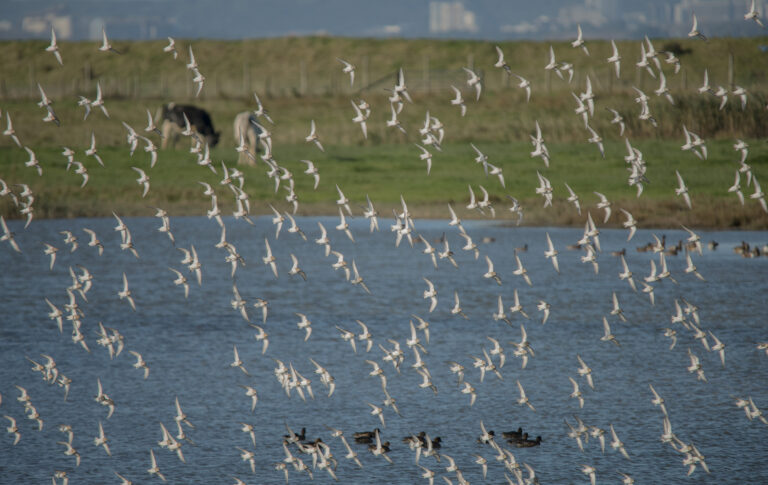
What is Bird Migration and Why is it Important?
Bird migration is a fascinating phenomenon where birds travel vast distances between regions to find food, breed, and avoid harsh weather. In the UK, migratory birds arrive from warmer regions in spring to breed in the rich habitats of our wetlands. As autumn approaches, these birds begin their journey back to warmer climates, guided by instinct and environmental cues.
The Role of Wetlands in Bird Migration
Wetlands are crucial to the migration process, providing essential stopover sites for birds to rest and refuel. These biodiverse ecosystems offer abundant food sources and safe habitats, supporting the survival of many species. Sadly, wetlands face growing threats from development, pollution, and climate change, which puts pressure on the delicate balance that these birds rely on.
The River Severn and its surrounding wetlands play a vital role in supporting migratory birds. Wetlands also filter pollutants, absorb excess nutrients, and regulate water flow—benefiting both wildlife and local communities. Protecting and restoring these habitats is essential to maintaining biodiversity and safeguarding the migratory routes of birds.
Spotting Migratory Birds This Autumn
As the seasons change, many migratory birds make their way to the UK, with several species frequently seen around the River Severn. Here are five notable birds you may spot this autumn:
1. Osprey (Pandion haliaetus)
Ospreys migrate through the River Severn and its tributaries on their way to West Africa. These fish-eating raptors use the river and estuary as key feeding grounds before embarking on their 4,200-mile journey.
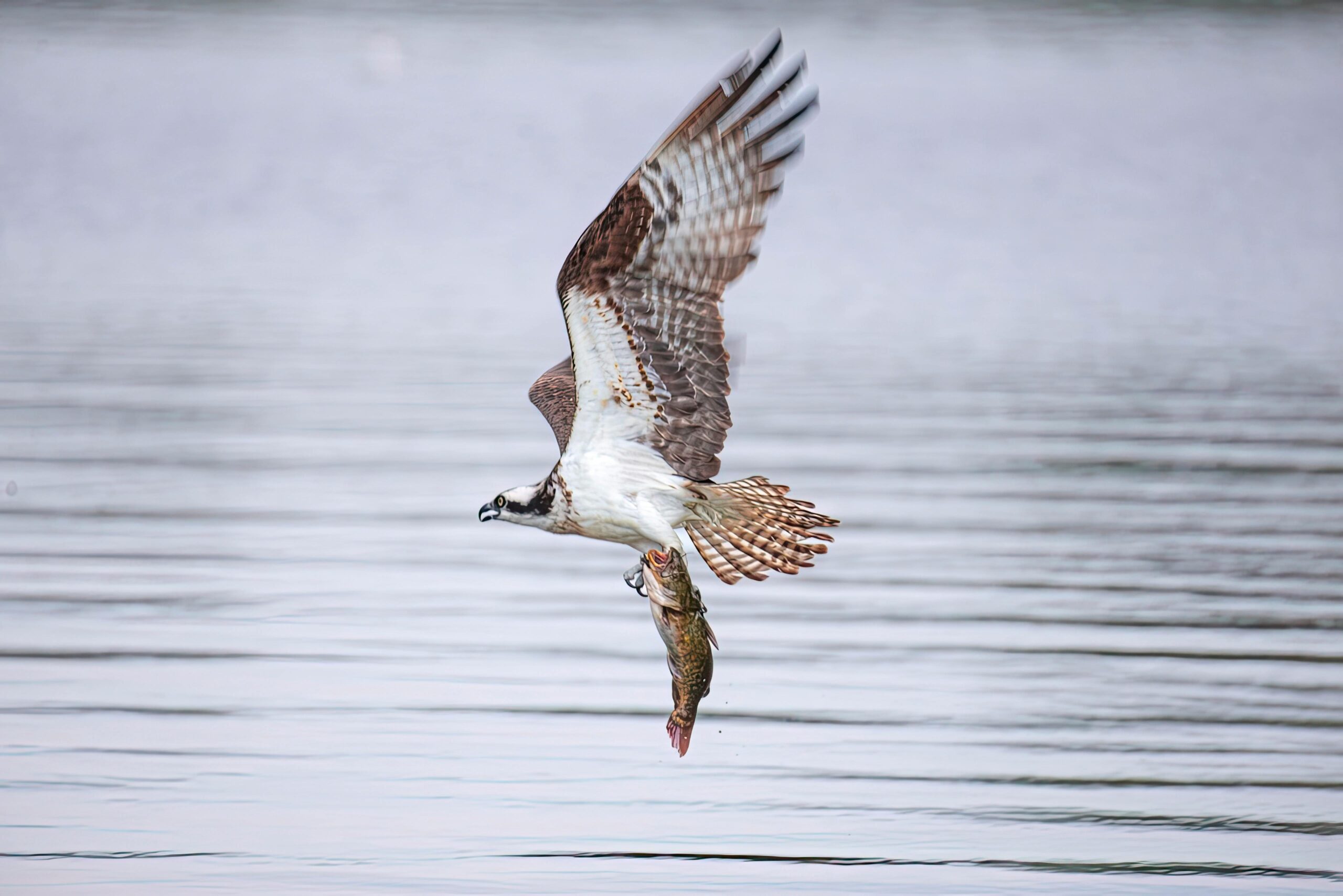
2. Curlew (Numenius arquata)
With their distinctive calls and long, curved bills, Curlews are a familiar sight along the River Severn during autumn migration. They feed in the wetlands before heading to their wintering grounds in Western Europe and North Africa.
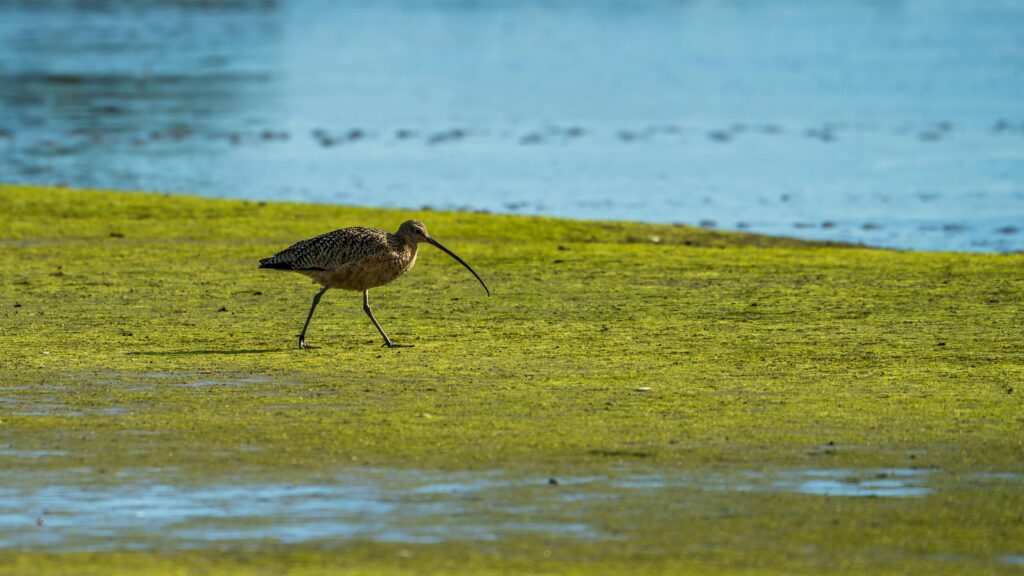
3. Dunlin (Calidris alpina)
Dunlins flock to the Severn Estuary and surrounding wetlands in autumn, feeding on the mudflats before migrating to southern Europe and Africa. These small waders rely on the river system’s abundant food sources during their stopovers.
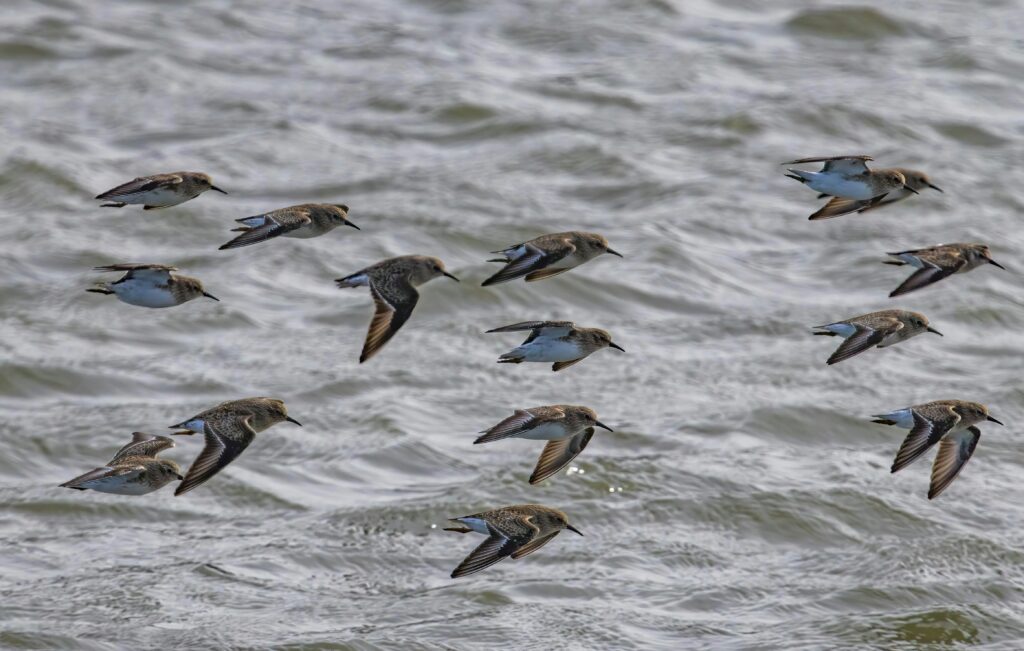
4. Black-tailed Godwit (Limosa limosa)
Black-tailed Godwits visit the Severn Estuary and nearby floodplains in autumn. These wading birds pause to rest and feed before continuing their migration from Iceland to warmer climates across Europe, Africa, and Asia.
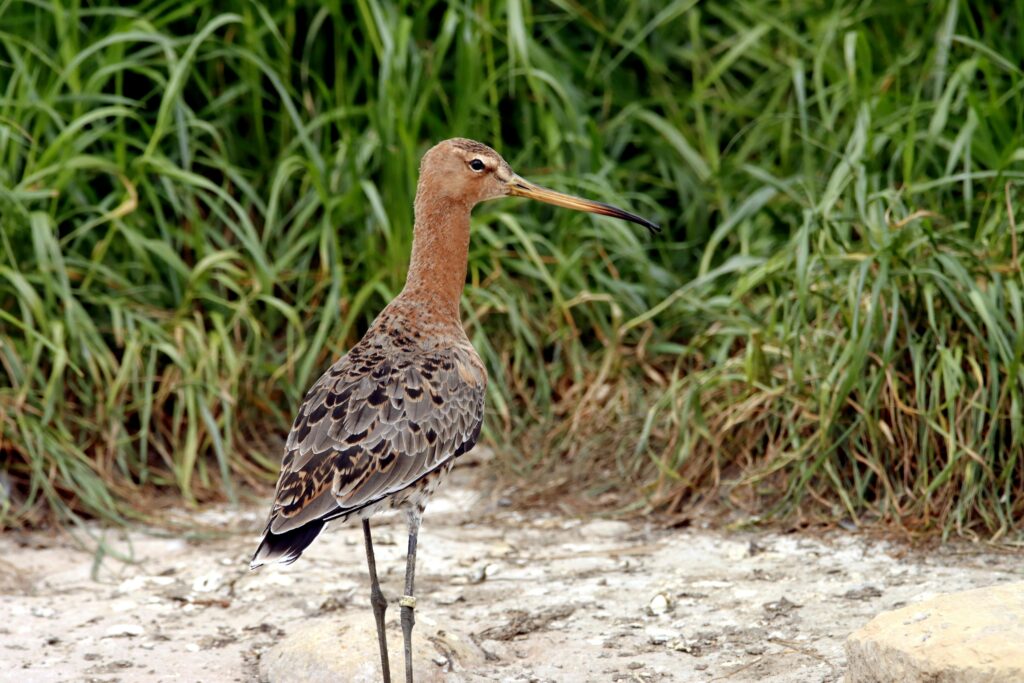
5. Sand Martin (Riparia riparia)
Sand Martins are often seen along the River Severn in late summer as they prepare for their migration to sub-Saharan Africa. The river’s wetlands provide essential feeding grounds, making it a crucial stop for these agile birds.
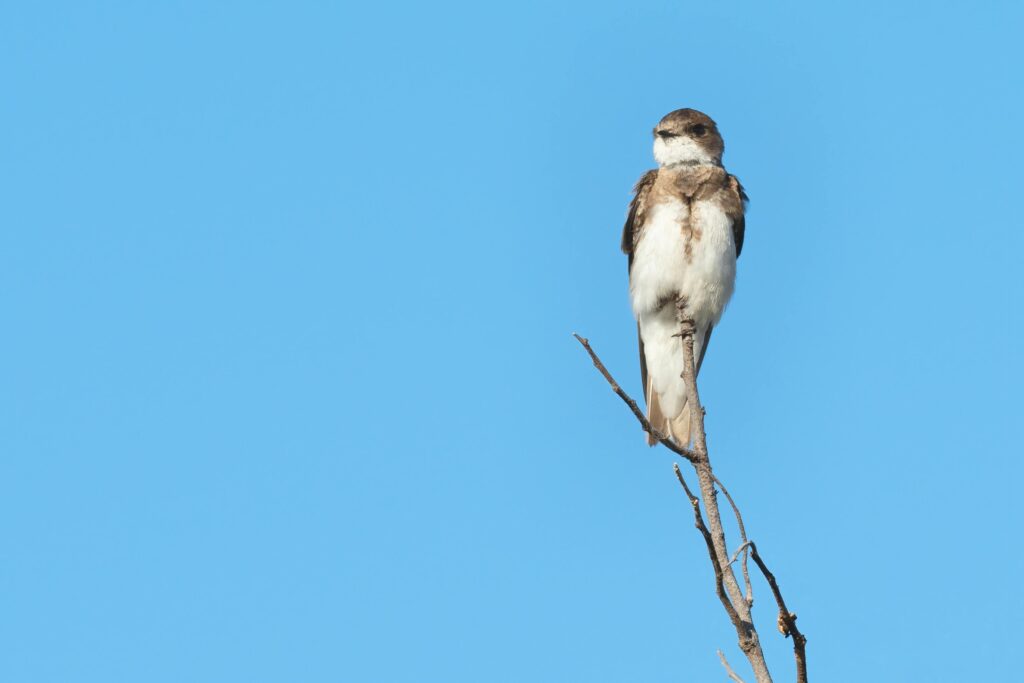
How You Can Help Protect Migratory Birds
At Severn Rivers Trust, we are committed to enhancing and protecting the River Severn and its surrounding wetlands. Our work involves habitat restoration, pollution reduction, and creating sustainable environments for wildlife, including migratory birds.
Your support is vital to continue this important work. By donating, you can help us ensure that our wetlands remain vibrant ecosystems for migratory birds and other wildlife. Together, we can make a difference for our natural world.
Donate now to support Severn Rivers Trust and play your part in protecting these essential habitats.
Learn More About Bird Migration and Wetlands
For more information on bird migration, you can visit the Royal Society for the Protection of Birds (RSPB) or the Wildfowl & Wetlands Trust (WWT).

